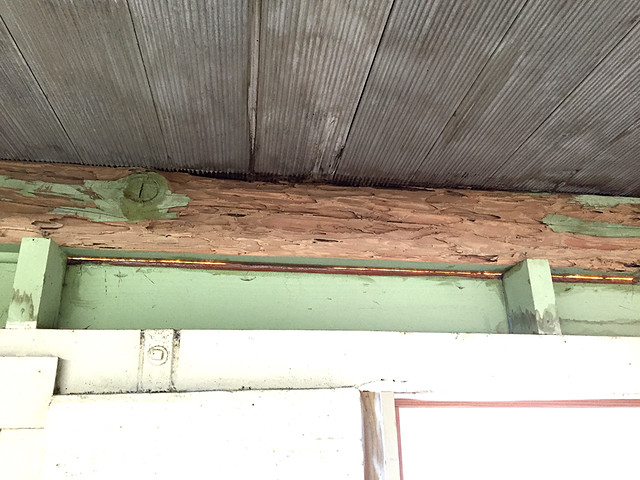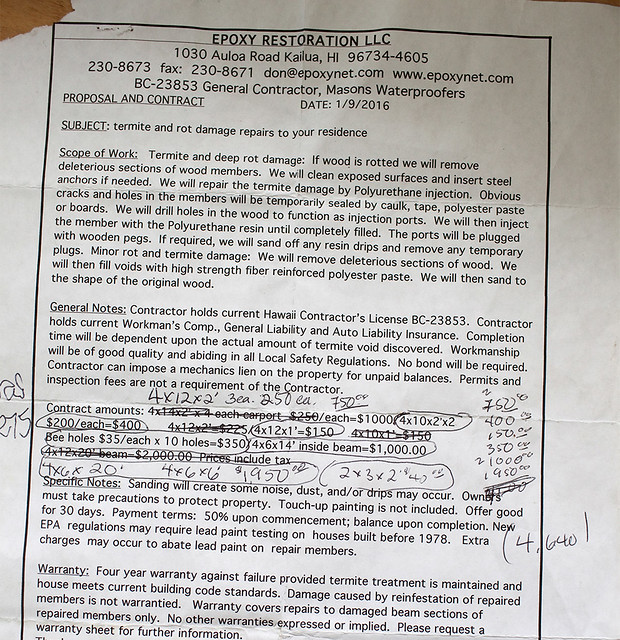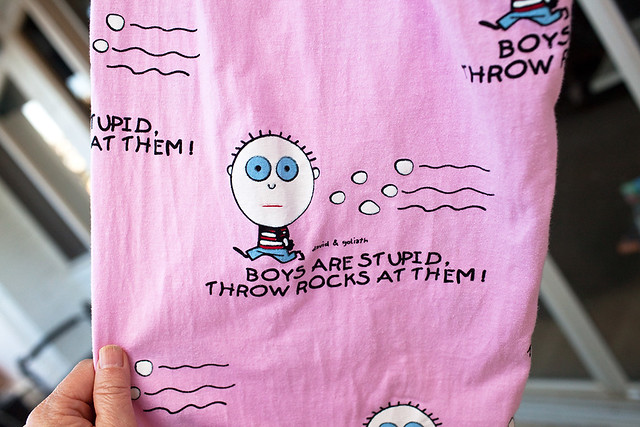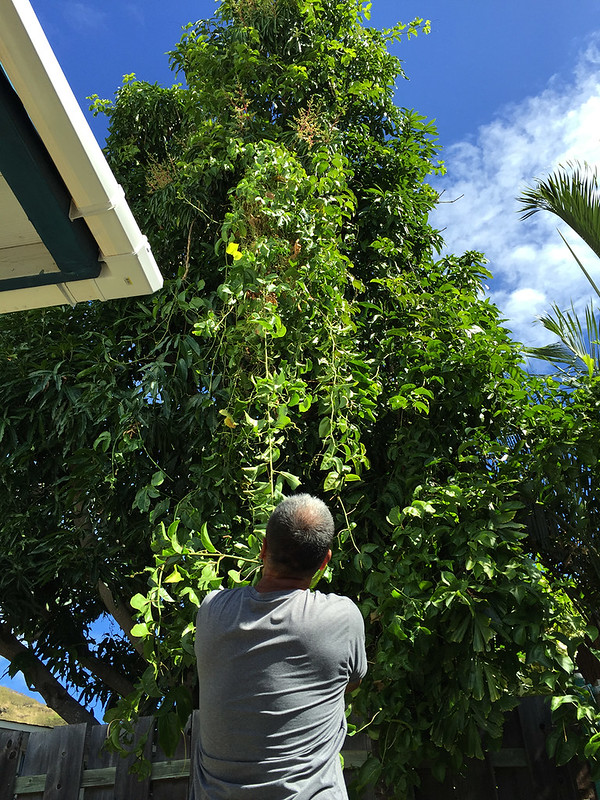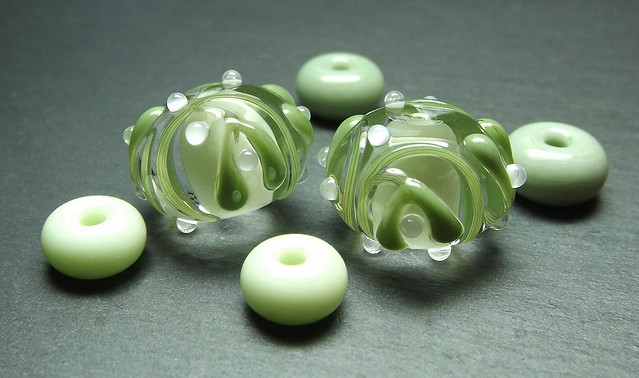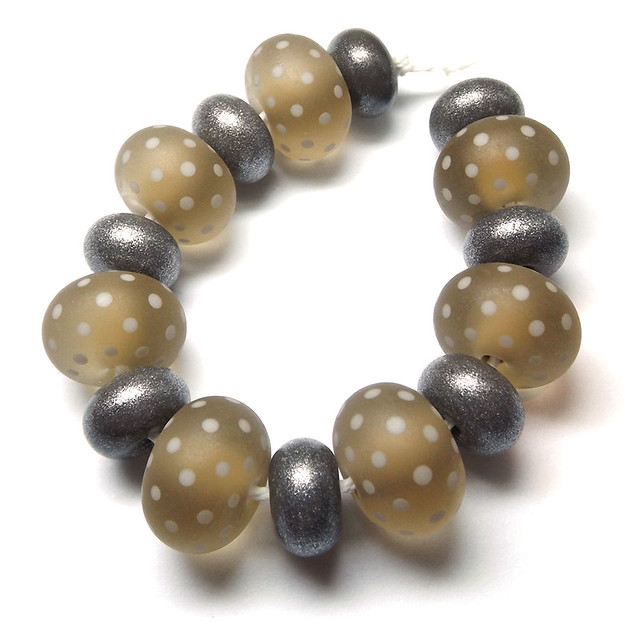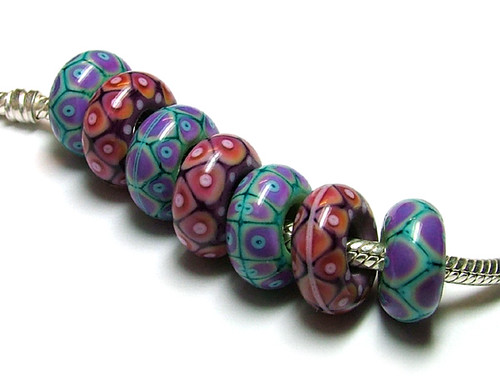skip to main |
skip to sidebar
I saw this display at Marukai Ward the other day. Horse oil beauty products? Say what?
 The one that sold for $14.99 is all gone!
The one that sold for $14.99 is all gone!
 When I got home I investigated.
When I got home I investigated.
What is BAHYU?
BAHYU is oil obtained from horse fat just like other animal oil such as lard from pig fat or lanolin from sheep wool. It is 100% natural and additive free.
For centuries in Japan BAHYU has been widely known as a home remedy for burns, dry skin, cuts, chapped skin and hemorrhoids. BAHYU has been used safely without a doctor’s prescription, as it can be used in food and there are no side effects. Traditional Chinese medicines also recommend using BAHYU to treat eczema and acne.
Are horses slaughtered only to obtain the oil?
No. Horse oil is obtained from horses that are slaughtered for food. Traditionally Japanese people have a custom of eating horse meat. Fats from the horse meat are used to produce BAHYU. They DO NOT slaughter horses only to obtain the horse oil.
Japanese people eat horse meat? Say it isn't so. Well, they do slaughter whales . . . so maybe it's true.
Not sure if I'd use the products. Would you?
Did you say, "Oooooooh!!" with big open eyes? Or did you wrinkle up your nose and say, "Ewwww!!"?
Me and my sisters are in the first group. This piece of lechon was around $7.50 from the Kam Swap Meet.
 Chopped up and mixed with some tomatoes, onions and patis (fish sauce) it makes one of our favorite dishes. This bag of 4 tomatoes (one is hidden) was $2.
Chopped up and mixed with some tomatoes, onions and patis (fish sauce) it makes one of our favorite dishes. This bag of 4 tomatoes (one is hidden) was $2.

When these countdown signals first came out I thought that they were so cool. I liked them. Now I knew exactly how much time I had to cross the street. Right?
Wrong. I looked it up . . . because I do not want to get another $130 pedestrian ticket. It seems that once that hand is there, whether it's flashing or steady and even though you can make it across in the required amount of seconds, it means DO NOT CROSS, DO NOT STEP INTO THE STREET. WAIT FOR THE WALKING MAN SIGNAL. OFFICER M. MIRANDA IS WATCHING YOU FROM HIS MOTORCYCLE.
I got my info from a Midweek article that you can check out here.
 And while we're at it . . . I've never been really sure while driving if you must turn on your blinker even when it's obvious to everyone where you're going. For example, if you're in a left-turning lane, and you can't go anywhere else but left, do you have to signal so?
And while we're at it . . . I've never been really sure while driving if you must turn on your blinker even when it's obvious to everyone where you're going. For example, if you're in a left-turning lane, and you can't go anywhere else but left, do you have to signal so?
 The answer is YES. According to a Star Bulletin article which I found here, it is not optional.
The answer is YES. According to a Star Bulletin article which I found here, it is not optional.
Wendell wanted to test out a new crock pot that he got from Costco so he chose this recipe from the Delectable Bakehouse website. You can check out their step-by-step directions here. It was fall-off-the-bone tender.

- 4 Tbsp Hoisin sauce
- 2 Tbsp soy sauce
- 2 tsp sesame oil
- 2 tsp grated orange peel
- 2 Tbsp ginger
- 4 cloves of garlic, minced
- 6 green onions, sliced
- 1/2 tsp Sriracha hot chili sauce
- 3 lbs pork spare ribs
- In a bowl, combine Hoisin sauce, soy sauce, sesame oil, orange peel, ginger, garlic, about 3/4 of the green onions and Sriracha.
- Spoon enough of the mixture into the crock pot to cover the bottom. Top with half of the spare ribs.
- Spoon some more of the mixture over the spare ribs. Top with the rest of the spare ribs. Spoon the remaining mixture on top of those spare ribs.
- Cover and cook on low for 8-10 hours. Serve over a bed of Jasmine rice and sprinkle with reserved green onions.
Here's our new crockpot. Wendell said it was around $40. It works great . . . way better than the one it replaced where the only settings were hot, warm and off.

If you don't have a long-handled scrub brush to clean your insulated bottles, then you should get this one from Don Q. At $8.59 it's a bit pricey, but it works good.
Wendell kinda likes watches.

I got a ticket for jaywalking yesterday. It was after work while I was walking to our parking structure. Officer Mike Miranda came out of nowhere and totally busted me.
He made small talk while writing up the ticket. He asked me where I worked and what job I did. He opened up about himself saying that he lived in Hawaii Kai and hoped to be retiring soon. I asked him if I could take a picture of him for my blog. He said no.
He seemed nice and all, but I told him that I hoped that I'll never run into him again. He didn't seem offended. In fact, he might've laughed. At any rate, I think I learned my lesson.
 Try look at how much the fine is for illegally using your cell phone while driving . . . around $300 to $350!!! DON'T DO IT!!!
Try look at how much the fine is for illegally using your cell phone while driving . . . around $300 to $350!!! DON'T DO IT!!!
recipe by Chef Tate Edwards
I'm not sure where Wendell originally saw the recipe for this opah dish that he made, but I found it online and totally copied and pasted the recipe from the website Pacific Grill - Talk to the Chef.
FYI, the recipe says to bake for 15-20 minutes, but ours took around 40 minutes. It came out very moist and tasty.

PANKO CRUSTED OPAH ( Moonfish) 4-6 Servings
4-6 good sized Opah fillets
Spread:
1 cup mayonnaise
1 loose Tbl fresh chopped dill
1-3 cloves minced garlic depending on how much you like garlic, I use about two.
1+ Tbl(s) Sriracha brand hot chili sauce, just how hot do you want it adjust to your taste if it gets too hot add a little more mayonnaise.
salt and pepper to taste but go a little light on the salt, a pinch of each is good.
Seasoned Panko breadcrumbs:
3 cups Panko breadcrumbs ( if not available store-bought seasoned breadcrumbs will do)
1 Tbl dried parsley
1 tsp garlic powder
1 tsp onion powder
1/2 tsp dried oregano crushed
salt and pepper to taste
Method:
Pre-heat oven to 350 degrees
1. mix together the ingredients for the spread and let sit in the refrigerator for 10 or 15 minutes
2. place tin foil on a cookie sheet or half sheet pan and lightly spread with olive oil
3. sprinkle salt and pepper on the foil and place Opah fillets on foil place them together on pan as if making one big fillet then salt and pepper the fillets
4. take spread and cover fillets generously
5. take seasoned Panko or regular seasoned breadcrumbs and cover the fillets, pat then add more if needed, there should be no spread showing.
6. place in oven and bake for 15-20 minutes (depending on thickness of fillets) check for doneness by touch (should be slightly firm but with some give) or with a fork in the middle fillet cover hole with crust. If crust is browning too quickly cover with foil. If not quite done, place back in oven and check again in about five minutes… if crust needs additional browning broil quickly for no more than two minutes—taking care that crust does not burn!
7. EAT!
This recipe goes well with salmon and any fish that has a rather high fat-content.
ALOHA! AND GOOD EATING
Tate Edwards
My BFF passed away last year. Yesterday was her birthday. I brought her a kokeshi doll.

Penny, my coworker gave me this bag of pre-made salad that she picked up from Sam's Club.
 I enhanced it with some cucumbers, tomatoes, cheese and croutons. The poppyseed dressing was a little on the sweet side, but I liked the salad a lot.
I enhanced it with some cucumbers, tomatoes, cheese and croutons. The poppyseed dressing was a little on the sweet side, but I liked the salad a lot.

Wendell made this last night minus the buttery noodles. YUMMY!!! He found the recipe in the bon appétit magazine. You can find it here.
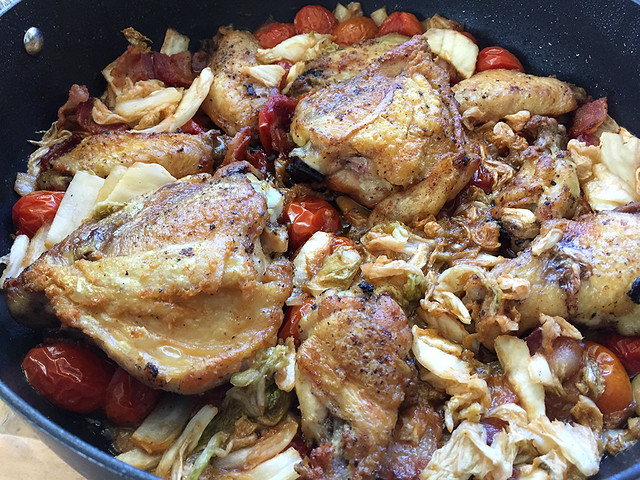
The few times that I tried to cook scallops I never could get them beyond looking pale, limp and soggy. I found the following explanation very interesting.
Disclaimer: All of the below is copied and pasted portions (including the photo) of an article from the site Serious Eats. It is written by Managing Culinary Director J. Kenji López-Alt. Here is a link to the full post: The Food Lab: How to Sear Scallops
 The first problem with scallops occurs before you even buy them. Many scallops are treated with sodium tripolyphosphate (STP), a chemical that, while perfectly safe to consume, wreaks havoc on your ability to achieve a proper sear. STP loosens the structure of proteins in scallops, causing them to suck up excess moisture like a sponge—up to 30% of their original weight.
The first problem with scallops occurs before you even buy them. Many scallops are treated with sodium tripolyphosphate (STP), a chemical that, while perfectly safe to consume, wreaks havoc on your ability to achieve a proper sear. STP loosens the structure of proteins in scallops, causing them to suck up excess moisture like a sponge—up to 30% of their original weight.
Dry scallops, on the other hand, are untreated and therefore expel less moisture as they cook. Sure, they're pricier—they have a much shorter shelf life, and their price per pound isn't artificially deflated with excess water weight—but they more than make up for it in superior quality, flavor, and ease of cooking.
Once you've got yourself the right scallops, your battle is 90% won. But there are still a couple of small obstacles in the way. Even though dry scallops expel far less moisture than wet scallops, they can still throw off a dangerous amount of water as they cook, forcing you to use up precious energy from the pan for the massively inefficient process of evaporation.
My favorite technique is to simply salt the scallops and let them rest on a paper towel–lined plate. The salt draws liquid out of the scallops, and the paper towel wicks it away. Your scallops will be dry to the touch in just about 15 minutes.
We're on the home stretch here—all that's left to do is sear them. You want a pan that is large enough to hold the scallops and leave enough room to allow the moisture to evaporate rapidly. Once the pan is smoking, the scallops go in.
I cook them without moving them until a little peek underneath reveals a deep golden crust. If you've followed all of the drying steps properly, and if you started with a screaming hot pan, you should have no problem crusting up both sides of those scallops on even the most average of home ranges.








